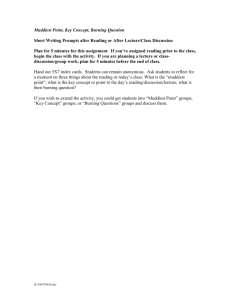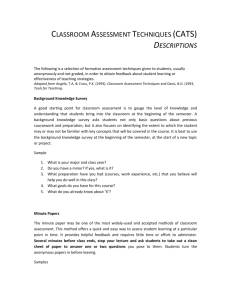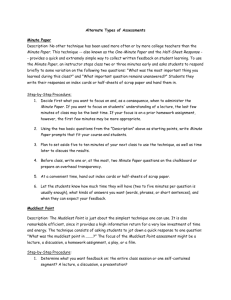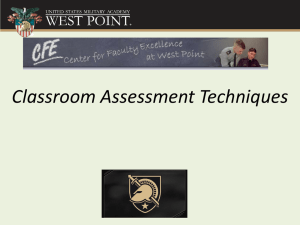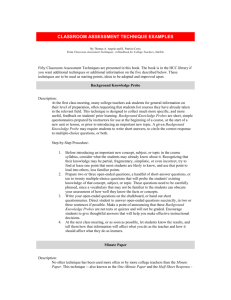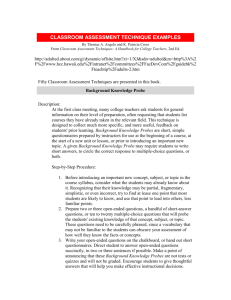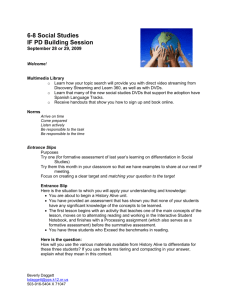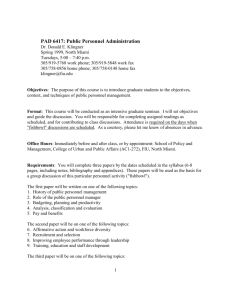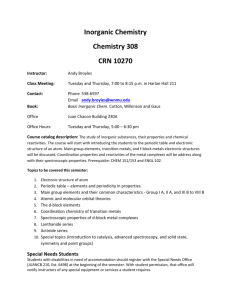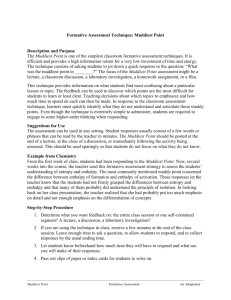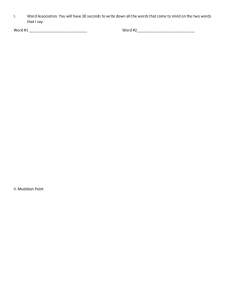Nursing Education Quiz - Austin Community College
advertisement
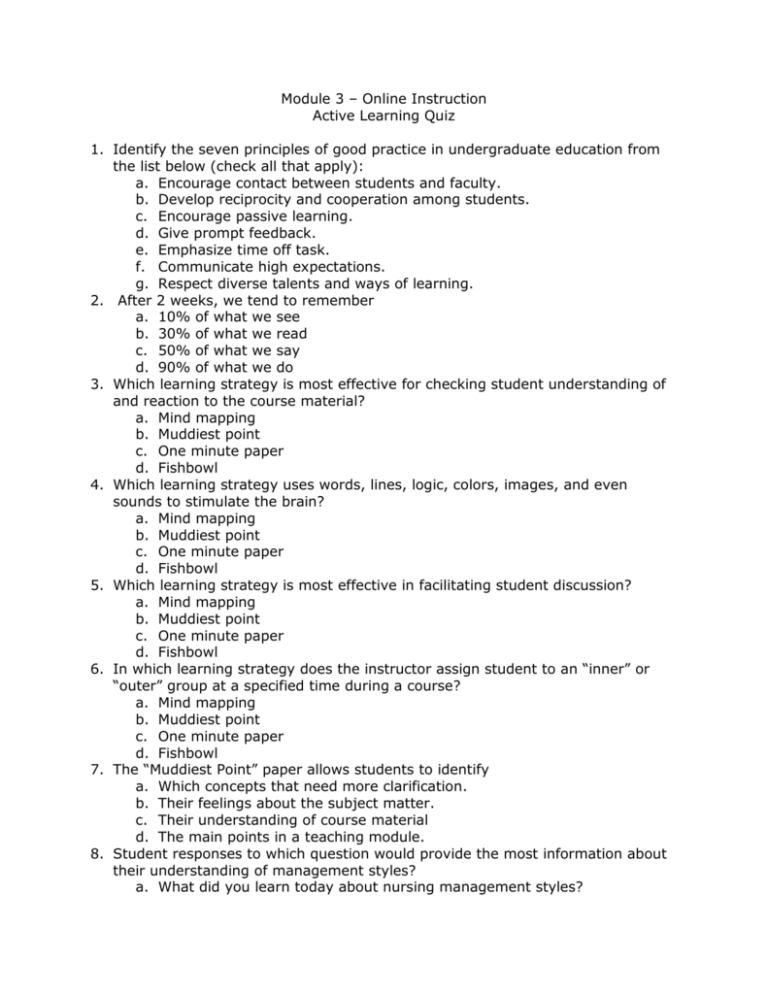
Module 3 – Online Instruction Active Learning Quiz 1. Identify the seven principles of good practice in undergraduate education from the list below (check all that apply): a. Encourage contact between students and faculty. b. Develop reciprocity and cooperation among students. c. Encourage passive learning. d. Give prompt feedback. e. Emphasize time off task. f. Communicate high expectations. g. Respect diverse talents and ways of learning. 2. After 2 weeks, we tend to remember a. 10% of what we see b. 30% of what we read c. 50% of what we say d. 90% of what we do 3. Which learning strategy is most effective for checking student understanding of and reaction to the course material? a. Mind mapping b. Muddiest point c. One minute paper d. Fishbowl 4. Which learning strategy uses words, lines, logic, colors, images, and even sounds to stimulate the brain? a. Mind mapping b. Muddiest point c. One minute paper d. Fishbowl 5. Which learning strategy is most effective in facilitating student discussion? a. Mind mapping b. Muddiest point c. One minute paper d. Fishbowl 6. In which learning strategy does the instructor assign student to an “inner” or “outer” group at a specified time during a course? a. Mind mapping b. Muddiest point c. One minute paper d. Fishbowl 7. The “Muddiest Point” paper allows students to identify a. Which concepts that need more clarification. b. Their feelings about the subject matter. c. Their understanding of course material d. The main points in a teaching module. 8. Student responses to which question would provide the most information about their understanding of management styles? a. What did you learn today about nursing management styles? b. How would you define each of the four management styles presented in the module? c. Which of the four management styles would be most effective in handling the situation described in the case study? d. Which management style would you use in dealing with the implementation of a new unit policy? 9. What is an advantage of mind mapping? a. Key points stand out. b. Like memory, mapping is naturally linear. c. The mind remembers sentences more easily than other cues. d. Mapping from the top-left corner allows work in all directions. 10. Who is credited with saying, "One must learn by doing the thing, for though you think you know it-- You have no certainty until you try." a. Socrates b. Aristotle c. Sophocles d. Euripides
